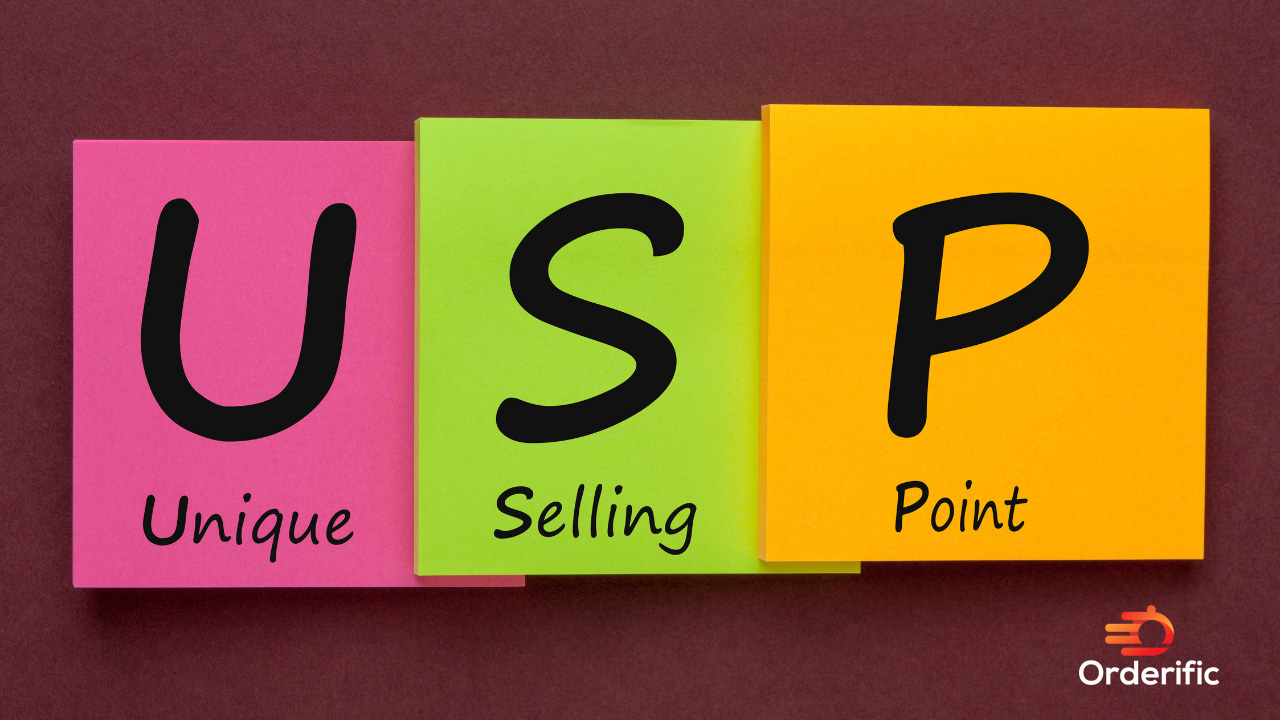Branding ideas serve as the foundational pillars for any thriving enterprise. They not only dictate how consumers view a brand, but also influence every interaction they have with it. It’s this alchemy of design, messaging, and ethos that crafts a deep emotional bond between a business and its clientele. This bond is pivotal in fostering brand loyalty and ensuring consistent recognition in a market saturated with choices.
For startups venturing into the business realm, or established entities seeking a fresh appeal, mastering the art and science of branding becomes indispensable. In a rapidly evolving commercial landscape, a robust and relatable brand identity is a beacon that helps businesses stand tall and distinct.
The Importance of Branding for Your Business
Branding serves as the backbone of your business’s public persona. It’s a comprehensive reflection of your values, ethos, and what sets you apart in a bustling market. Every visual, auditory, or conceptual element associated with a brand, from the color palette to the customer service, contributes to a narrative that customers come to recognize and trust.
This recognition isn’t solely based on aesthetics. It extends to the experiences, emotions, and expectations associated with your brand. In today’s digital age, where consumers are constantly bombarded with advertisements and offers, a distinct brand identity acts as an anchor, ensuring that your business isn’t lost in the crowd. It amplifies your voice, helping your message cut through the noise.
Moreover, consistent branding reassures customers, establishing credibility and showcasing commitment. Ultimately, effective branding is the foundation upon which businesses can build lasting relationships with consumers and achieve long-term growth.
Creative Branding Ideas to Try
In the vast ocean of businesses, how does one ensure their ship stands out? The answer lies in creative branding. Effective branding not only helps in distinguishing your brand from competitors but also fosters customer loyalty and drives business growth. With the right branding strategy, businesses can form deeper connections with their audience, turning potential customers into brand advocates. Here are some innovative branding ideas that will give your business the spotlight it deserves.

1. Developing a Unique Brand Voice and Tone
Every brand needs a voice, a distinctive manner of expression that becomes its identity. This voice should echo in all communications, whether it’s a marketing campaign or a simple tweet. A unique voice differentiates a brand in the market. Whether playful, professional, or inspirational, the tone should consistently mirror the brand’s values and ethos. This consistent voice ensures customers always have a familiar and relatable experience when interacting with the brand.
2. Using Visuals to Enhance Your Brand
A picture speaks a thousand words. Visual elements like logos, images, graphics, and even color palettes play a pivotal role in brand recognition. Investing in high-quality visuals ensures that the brand is perceived as credible and professional. Moreover, consistent visuals across all platforms create a cohesive brand image, reinforcing brand recall. Remember, the visuals should resonate with the target audience, invoking the right emotions and associations.
3. Incorporating Storytelling into Your Branding Strategy
Stories have the power to connect, inspire, and engage. Using storytelling in branding allows businesses to weave a narrative around their brand, making it more relatable. It could be the story of the brand’s inception, the challenges it overcame, or the vision it stands for. By humanizing the brand, storytelling fosters deeper emotional connections with the audience, making them more likely to choose your brand over others. A memorable story can turn casual consumers into lifelong customers.
Building a Brand on a Budget
Crafting a recognizable brand isn’t solely the privilege of businesses with deep pockets. In this digital age, even brands with modest budgets can create a substantial impact. With a blend of creativity, strategy, and a keen understanding of today’s tools, one can shape a brand image that resonates deeply with audiences.
Digital marketing provides cost-effective avenues, grassroots marketing taps into local communities, and social media platforms offer a stage for brands to engage directly with their audience. Here’s how businesses can harness these methods for maximum effect:
1. Digital Marketing:
Even on a shoestring budget, digital marketing can offer impressive ROI. Options like pay-per-click advertising or content marketing can yield significant results. Creating valuable, shareable content can help establish your brand as an authority in your field. SEO optimization can also ensure that your brand ranks higher on search engine results, driving organic traffic to your site.
2. Grassroots Marketing Campaigns:
This involves connecting directly with your local community. Hosting workshops, attending local events, or collaborating with local influencers can generate word-of-mouth buzz. Such campaigns, while being cost-effective, allow for a deeper connection with a niche audience, ensuring a loyal customer base.
3. Social Media:
Platforms like Instagram, Facebook, and Twitter provide free avenues to reach a broad audience. Regular posting, engaging with followers, and using trending hashtags can increase visibility. Furthermore, running small budget ad campaigns targeting specific demographics on these platforms can yield considerable engagement.
By utilizing these strategies, brands can ensure a robust presence without having to allocate massive budgets, proving that with the right approach, branding effectiveness isn’t always about the money spent.
Measuring the Success of Your Branding Efforts
In the complex arena of branding, gauging success goes beyond mere quantitative data. While it’s essential to track metrics, diving deep into the qualitative aspects provides a richer perspective on the brand’s impact. It’s a combination of what’s seen on charts and what’s felt in the hearts of consumers. Here’s a detailed exploration:
1. Quantitative Metrics:
- Brand Awareness: This refers to how familiar consumers are with your brand. Surveys, web traffic sources, and social media mentions can give insights into this.
- Brand Recognition: This can be measured by showing audiences your logo, color scheme, or other brand elements and assessing how quickly they identify your brand.
2. Customer Sentiment:
- Feedback and Reviews: Analyzing customer feedback, whether it’s positive, negative, or neutral, gives a clear picture of what your audience thinks about your brand.
- Social Media Sentiment Analysis: Using tools, brands can evaluate the emotions behind social media mentions, determining if the sentiment is positive, negative, or neutral.
3. Customer Loyalty:
- Repeat Business: One of the strongest indicators of loyalty is how often customers return. High return rates signify satisfied customers.
- Net Promoter Score (NPS): By asking customers how likely they are to recommend your brand to others, you can gauge their loyalty level.
4. Engagement Metrics:
- Social Media Engagement: Monitor likes, shares, comments, and follows to understand how engaged your audience is with your brand’s content.
- Email Campaign Engagement: Track open rates, click-through rates, and unsubscribe rates to assess the effectiveness of your email branding efforts.
Incorporating all these diverse metrics offers a comprehensive look into branding’s effectiveness. By understanding both the numbers and the sentiments, businesses can make informed decisions about their branding strategies, ensuring they resonate with their target audience effectively.
Staying Ahead of the Branding Curve
In the dynamic realm of branding, stagnation is the enemy of progress. To thrive, businesses must not only establish a strong brand but also keep it fresh and relevant. Here’s how you can stay ahead of the branding curve:
- Embrace Technology and Digital Trends: The digital landscape evolves at lightning speed. Staying updated with the latest technological advancements, from augmented reality to chatbots, can give your brand a competitive edge. Implementing emerging digital trends can create immersive and engaging customer experiences.
- Listen to Customer Feedback: Your customers are your best advisors. Encourage feedback and actively listen to what they have to say. Their insights can reveal areas where your brand might need improvement or innovation.
- Monitor Competitor Strategies: Keeping an eye on your competitors can provide valuable insights. Analyze their branding efforts, identify successful tactics, and adapt them to suit your brand.
- Adapt to Changing Consumer Behavior: Consumer behavior can change rapidly, as seen in the shift towards e-commerce and online shopping. Stay agile and adapt your branding strategies to align with evolving consumer preferences.
- Invest in Professional Development: Enroll your team in branding and marketing courses to ensure they are up-to-date with industry best practices. Encourage a culture of continuous learning within your organization.
- Evolve Your Brand Story: As your brand grows, so should your brand story. Reflect changes, milestones, and growth in your narrative. A compelling brand story can engage your audience and create a sense of connection.
Conclusion
Branding is a continual journey, not just a mere end goal. It’s an evolving tapestry of perceptions, emotions, and connections that weave together a company’s essence. By delving deep into the intricacies of branding, experimenting with fresh and avant-garde ideas, and remaining nimble in the face of changing market dynamics, businesses can etch their distinct identity in the market canvas.
It’s this commitment to growth and adaptability that ensures companies not only capture the attention of their customers but also kindle a lasting bond that transcends mere transactions and ventures into the realm of trust and loyalty.
In case you want more content like this, visit Orderific right now!
FAQs
What is branding, and why is it important for businesses?
Branding encapsulates a business’s essence, representing its values, culture, and promise to the customers. It’s a tool to foster trust, loyalty, and business growth.
How can I develop a unique brand identity that stands out from competitors?
Dive deep into your business ethos, understand your target market, and craft an identity that’s consistent, genuine, and reflective of your brand’s essence.
What are some creative branding ideas that I can try for my business?
Think storytelling, impactful visuals, engaging content, and a strong digital presence. These should be your starting points.
How can I build a strong brand on a limited budget?
Focus on grassroots campaigns, leverage social media, and prioritize quality over quantity.
What metrics should I track to measure the success of my branding efforts?
Apart from tangible metrics like sales and traffic, focus on brand loyalty, customer sentiment, and engagement levels.
How can I stay up-to-date with the latest branding trends and adapt my strategy accordingly?
Engage in constant learning, subscribe to branding forums, and be open to customer feedback.













